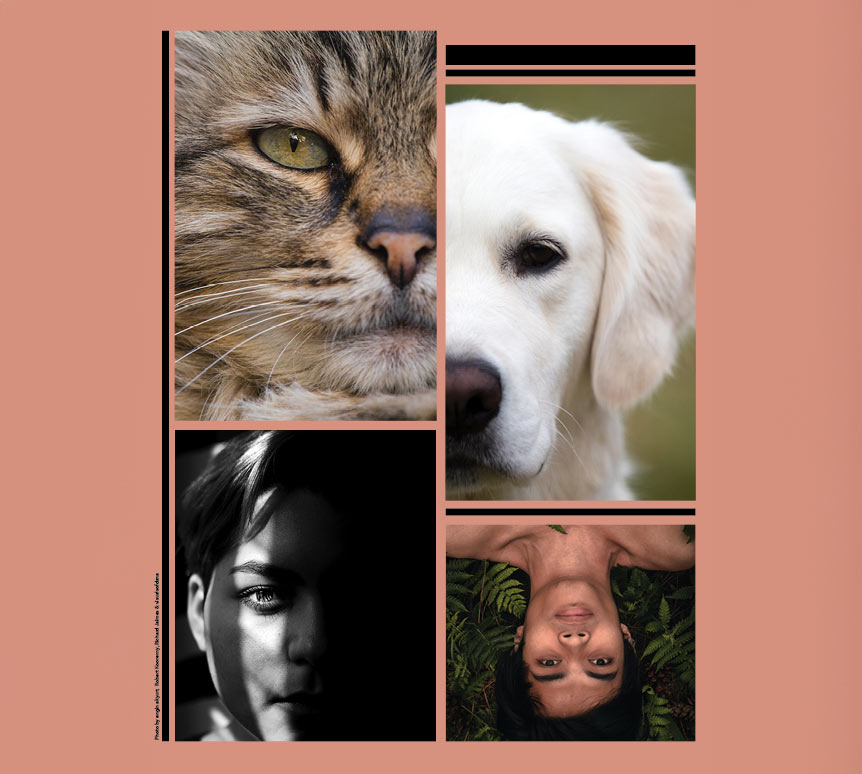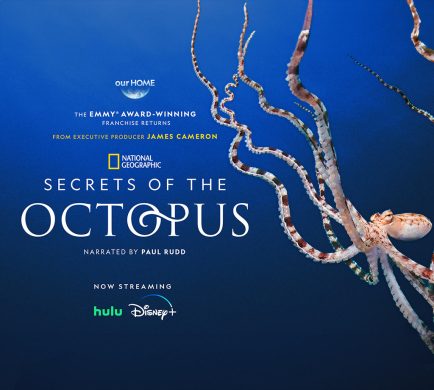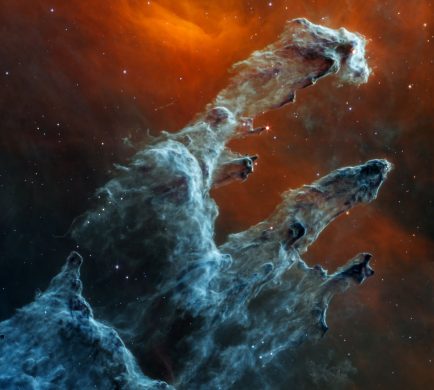What is sentience? Why is it so easy to see it when we look at our next-door neighbor or the couple having coffee across from us but can hit a “glitch” for many when we look at the cat or the dog they own? Why does the term seem even more “glitchy” when we think of animals that are not domesticated, farther removed from our couches and beds, and who do not go on road trips with us? Sentience is a comfortable and obvious concept to embrace when we apply it to people, but one that is open to debate and may not be so naturally embraced when we apply it to animals.
The question of animal sentience has been fairly absent from Western philosophical traditions, with the first serious attempt being made in 1997 by French philosopher Jacques Derrida at an academic conference. Derrida shocked the audience by engaging with metaphysical questions on the essence nature of non-human animals, with ethical questions about the treatment of animals, especially slaughter, and by questioning the basic assumptions around the differences we draw between our human selves and animal others. This was a huge, and probably eye-rolling, moment in the history of philosophy!
Yet the concept of sentience is relatively simple -coined by philosophers in the 1630s; it is defined as the ability to experience feelings and sensations. Why the term becomes debatable outside of human experience has always been a mystery to me. Is it not safe to assume that non-human animals also have this capacity to sense and feel? Maybe it’s the primacy of verbal language that has complicated this matter. In other words, if animals cannot express their feelings and sensations through [our] language, then their experience is not verifiable or believable. It is a reductionist and primarily Western view of the world that ignores the immense complexity and interconnection of the world we inhabit. On the other hand, Eastern traditions such as Buddhism and Hinduism embrace the notion of animal sentience.
Geoffrey Barstow is a scholar of religious studies and Tibetan Buddhism at Oregon State University. He reminds us that the Tibetan Buddhist tradition, like other forms of Buddhism, “Recognizes that animals, like humans, are sentient beings capable of emotions and some level of thought. As such, there is no question that animals can suffer and that humans should consider their needs when making ethical decisions”.
In the face of scientific uncertainty, why not err on the side of grace and extend our compassion to all the animals that inhabit our world? Is it really important to have empirical proof of the degree to which animals experience suffering? We assume the jellyfish cannot experience pain because they lack a brain, heart, and respiratory system. But can we be 100% certain of what their basic neuron network does? It allows them to sense the world around them, but can we ever really know their lived experience? I remember going to the Monterrey Aquarium some years ago and being called to hang out with the jellyfish. I stuck my face on the glass and watched one very closely. Soon, I found myself meditative, almost perfectly synchronized with what felt like a pulsing, throbbing, fully alive life energy from the jellyfish. I lost sense of time and found myself “coming back” about 30 minutes later from an altered state that I can only describe as fully present, primal, and alive in a way that was unlike anything
I had ever experienced. In other words, a jellyfish offered me an experience of awe and spiritual connection, a pure state of beingness that only the “primitive” can access. Years later, I look back at that experience with immense gratitude.
As a facilitator of equine-assisted learning and a lifelong equestrian, I have experienced equally awe-inspiring moments with horses. What is in the jellyfish, as in the horse, that allows us to connect to something so overwhelming and sweet that it cannot be spoken? When Nature breaks us open, the need for scientific explanation rolls away as we become immersed in a world of experience that cannot be mediated by the human mind. It is a world that can only be accessed by the primal parts of the Self that will always remain a mystery. In the presence of Nature, we open to something simple, wild, and infinitely fulfilling.
On a basic level, just the idea that our horses, our dogs, and the jellyfish roaming the oceans do/might feel pain should be compelling enough. As animal ethicists Acampora, Bekoff, and Calarco have argued, it is a sufficient condition that we share with all animals the condition of having a body and a mind and, therefore, share the capacity to suffer pain.
Besides philosophers, there are many scientists doing good work in the area of animal sentience and consciousness. For example, the Cambridge Declaration on Consciousness was signed on July 7, 2012, where a prominent international group of cognitive neuroscientists, neuropharmacologists, neurophysiologists, neuroanatomists, and computational neuroscientists gathered at The University of Cambridge to reassess the neurobiological substrates of conscious experience and related behaviors in human and non-human animals. They declared the following:
The absence of a neocortex does not appear to preclude an organism from experiencing affective states. Convergent evidence indicates that non-human animals have the neuroanatomical, neurochemical, and neurophysiological substrates of conscious states, along with the capacity to exhibit intentional behaviors. Consequently, the weight of evidence indicates that humans are not unique in possessing the neurological substrates that generate consciousness. Non-human animals, including all mammals and birds, and many other creatures, including octopuses, also possess these neurological substrates.
I ask if we are fully sentient without recognizing the sentience in “the other”? One act that can change our perspective on animal sentience is a simple change in language. Instead of speaking of humans and animals, it may be useful to speak of human animals and non-human animals. The simple reminder that we are animals is a good start. In fact, Jacques Derrida argued that human denial or forgetfulness about their own animality was the primary obstacle in “the question of the animal.”
As the ecological crisis rages on, causing massive levels of collective distress, perhaps this is a good time to understand our place in the web of life. Is it time to rethink the lines we have drawn between human and animal life? Is the answer to double down, re-draw, or abandon those lines of separation? From an evolutionary perspective, and from the perspective that unconditional love may be the ultimate savior, what is the intelligent conclusion? Human and non-human animals share an embodied experience capable of a range of emotions that is more or less the same or similar and that alone should evoke an ethic of compassion. Instead of getting caught up in the distinctions, let’s focus on the beauty of all life forms, without which the human-animal experience would be incomplete.







